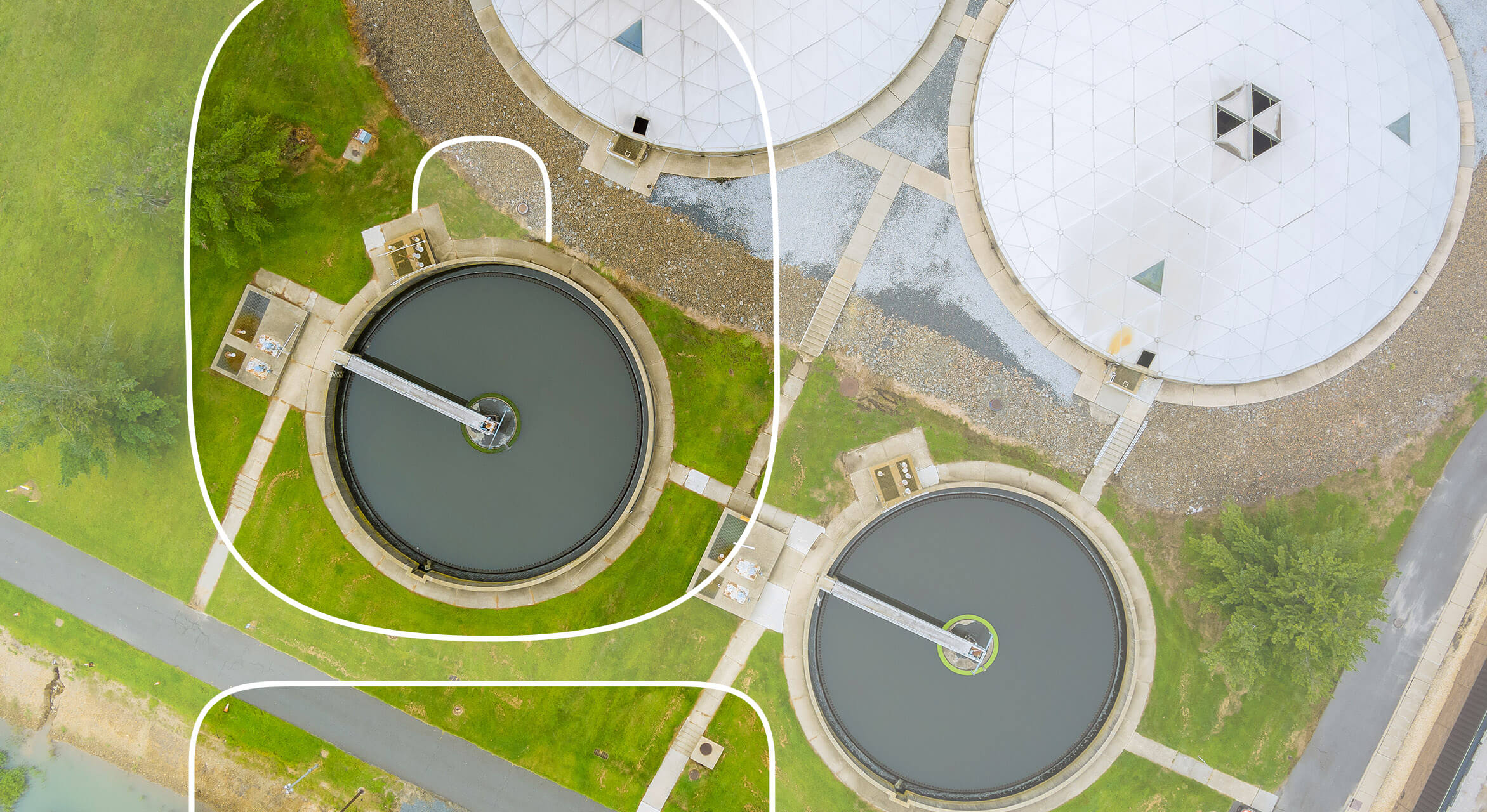Cost-Effective and Sustainable Wastewater Treatment Solutions Close By
Cost-Effective and Sustainable Wastewater Treatment Solutions Close By
Blog Article
Recognizing Wastewater Treatment Processes and Their Ecological Effect
The intricacies of wastewater therapy processes play an essential duty in mitigating environmental obstacles connected with water air pollution. Each phase, from initial to advanced therapies, is developed to attend to particular impurities, ultimately securing both public health and marine ecosystems. Nonetheless, despite technical advancements in treatment performance, significant difficulties linger, including the monitoring of residual contaminants and the implications of nutrient drainage. As we explore the complexities of these processes, it becomes important to question how much current approaches can advance to fulfill the growing demands of sustainability and environmental preservation.
Introduction of Wastewater Treatment
Exactly how is wastewater transformed into a safe resource for the environment? Wastewater therapy is a critical procedure developed to remove contaminants from made use of water, consequently protecting public health and shielding ecological communities. This process begins with the collection of wastewater from residential, commercial, and industrial resources, which is after that directed to treatment facilities.
At these centers, different physical, chemical, and biological techniques are utilized to deal with the wastewater. First screening removes huge particles, adhered to by sedimentation to separate much heavier solids. Consequently, biological treatments, such as activated sludge processes, utilize microorganisms to break down natural matter. These approaches not only lower pollutant degrees however additionally assist in the recovery of beneficial nutrients.
The treated effluent can be securely discharged into all-natural water bodies or recycled for irrigation and commercial objectives, promoting source conservation. In addition, the therapy process produces biosolids, which can be repurposed as fertilizers or soil modifications, better improving sustainability.
Phases of Treatment Processes
The wastewater therapy procedure normally is composed of three main phases: initial, primary, and secondary treatment. Each phase offers a distinct role in minimizing the toxin load and making sure the effluent fulfills environmental standards before discharge.

The primary treatment stage focuses on the physical separation of suspended solids from the wastewater. Through sedimentation, heavier particles work out at the bottom of sedimentation tanks, forming sludge, while lighter products, such as oils and greases, float to the surface and are skimmed off. This process considerably decreases the organic and inorganic load in the wastewater.
Additional treatment is an organic procedure aimed at more minimizing the focus of natural issue. This stage is crucial for accomplishing the required biochemical oxygen need (BODY) reduction, inevitably leading to cleaner effluent ready for discharge or more treatment.

Advanced Therapy Technologies
Complying with the secondary therapy processes, advanced therapy innovations play a vital function in further improving the quality of treated wastewater. These modern technologies are created to get rid of residual impurities that are not efficiently removed during key and secondary treatments, making certain the effluent satisfies rigorous regulatory requirements.
Amongst the widely used innovative treatment techniques are membrane filtering, reverse osmosis, and progressed oxidation processes. Membrane layer filtration, including microfiltration and ultrafiltration, is reliable in separating fine fragments, pathogens, and visit this site colloids from the water (Wastewater). Reverse osmosis uses semi-permeable membrane layers to remove dissolved solids, leading to top quality water appropriate for various applications
Advanced oxidation procedures (AOPs) employ strong oxidants to deteriorate organic contaminants, consisting of drugs and individual care products that are resistant to traditional therapy. These approaches boost the biodegradability of complex compounds, facilitating their removal.
One more considerable innovation is making use of organic nutrient elimination procedures, which especially target nitrogen and phosphorus, preventing eutrophication in receiving water bodies. In general, sophisticated treatment innovations are vital for accomplishing higher levels of purification, promoting water reuse, and protecting public health while dealing with the challenges connected with wastewater management.
Environmental Advantages of Therapy
Many ecological benefits occur from efficient my blog wastewater treatment procedures that add to ecosystem wellness and sustainability. Mostly, these processes considerably decrease the release of dangerous contaminants into all-natural water bodies, which aids preserve aquatic communities. By removing impurities such as hefty metals, nutrients, and pathogens, dealt with wastewater minimizes the danger of waterborne diseases and advertises biodiversity in aquatic environments.
Moreover, wastewater therapy facilities often use sophisticated technologies that make it possible for water recycling and reuse. This method not only preserves freshwater sources however also minimizes the demand on all-natural water materials. Boosted nutrient removal from wastewater can also stop eutrophication, a process that brings about algal flowers and succeeding oxygen exhaustion in marine systems.
Furthermore, effective treatment procedures can reduce greenhouse gas exhausts, especially methane and laughing gas, which are typically launched during unattended wastewater decomposition. By recording and utilizing biogas from anaerobic digesters, centers can transform waste into renewable resource, consequently contributing to a reduction in nonrenewable fuel source dependency.
Difficulties and Future Fads
While the environmental advantages of wastewater therapy are clear, several difficulties linger that hinder ideal end results in this field. One major concern is maturing infrastructure, which commonly leads to ineffectiveness and raised functional costs - Wastewater. Lots of therapy plants were designed decades back, and their capacities do not align with modern demands, that include more stringent governing standards and higher volumes of wastewater as a result of urbanization

Looking ahead, there is an expanding emphasis on resource recuperation and click to read round economic climate principles within wastewater therapy. Advancements such as anaerobic digestion, which can generate biogas, and progressed filtration technologies are obtaining traction. These methods not just improve treatment performance however also advertise sustainability.
Ultimately, addressing these obstacles requires collaboration amongst stakeholders, investment in modern technology, and a commitment to recurring research study. By embracing these patterns, the wastewater treatment market can evolve to fulfill the demands of a transforming environment and culture.
Conclusion
In conclusion, wastewater treatment processes play a crucial duty in enhancing environmental quality and public health and wellness. The multi-stage treatment structure, paired with advanced technologies, efficiently alleviates air pollution and advertises lasting water monitoring.
Report this page